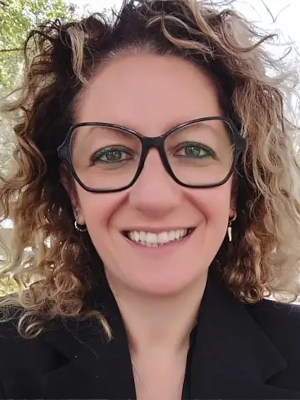Tecnológico de Monterrey
Master’s degree in Geological Sciences and PhD in Earth Sciences from the Università degli Studi di Bari. Post-doctorate on tephra fallout hazard assessment at Vesuvio and Campi Flegrei, at the National Institute of Geophysics and Volcanology in Naples, Italy. Post-doctorate on tephra fallout hazard assessment for explosive Mexican volcanoes, at the Geosciences Center of the UNAM, Querétaro, Mexico.
Volcanologist by training, specialized in Computational Fluid Dynamics and risk analysis related to natural and engineering phenomena, through the application of numerical models and statistical analysis. Currently Professor in Civil Engineering and Sustainable Technologies at the Tecnológico de Monterrey, Campus State of Mexico, Mexico.
The main research lines currently developed are:
- Analysis and evaluation of flood risk in Mexico through the study of hydrodynamic properties in channels and dams by the application of Eulerian and Lagrangian numerical models (SPH);
- Numerical study of wave transport and calculation of energy potential on the coasts of Mexico;
- Numerical simulations using the SPH model of the tsunami impact on the coasts;
- Long-range hazard assessment of dispersion and deposit of volcanic ash, through numerical models.
Distinctions:
- President of the Association of Italian Researchers in Mexico (ARIM). March 2023.
- Mexican National System of Researchers Level 2.
- Award for Educational Excellence Cusco 2020 Edition.
- Doctor Honoris Causa and Golden Order of Teaching awarded by the International Organization for Inclusion and Educational Quality (OIICE).
- President of the Fluid Dynamics Division of the Mexican Physics Society. 2019 – 2021.
Scientific Production:
More than 20 scientific articles in JCR journals and three book chapters.
Editor of Frontiers in Earth Sciences journal special issue: “Flood Susceptibility and Risk Maps as a Crucial Tool to Face the Hydrological Extremes in Developing Countries: Technical and Governance Aspects Linked by a Participatory Approach”.


